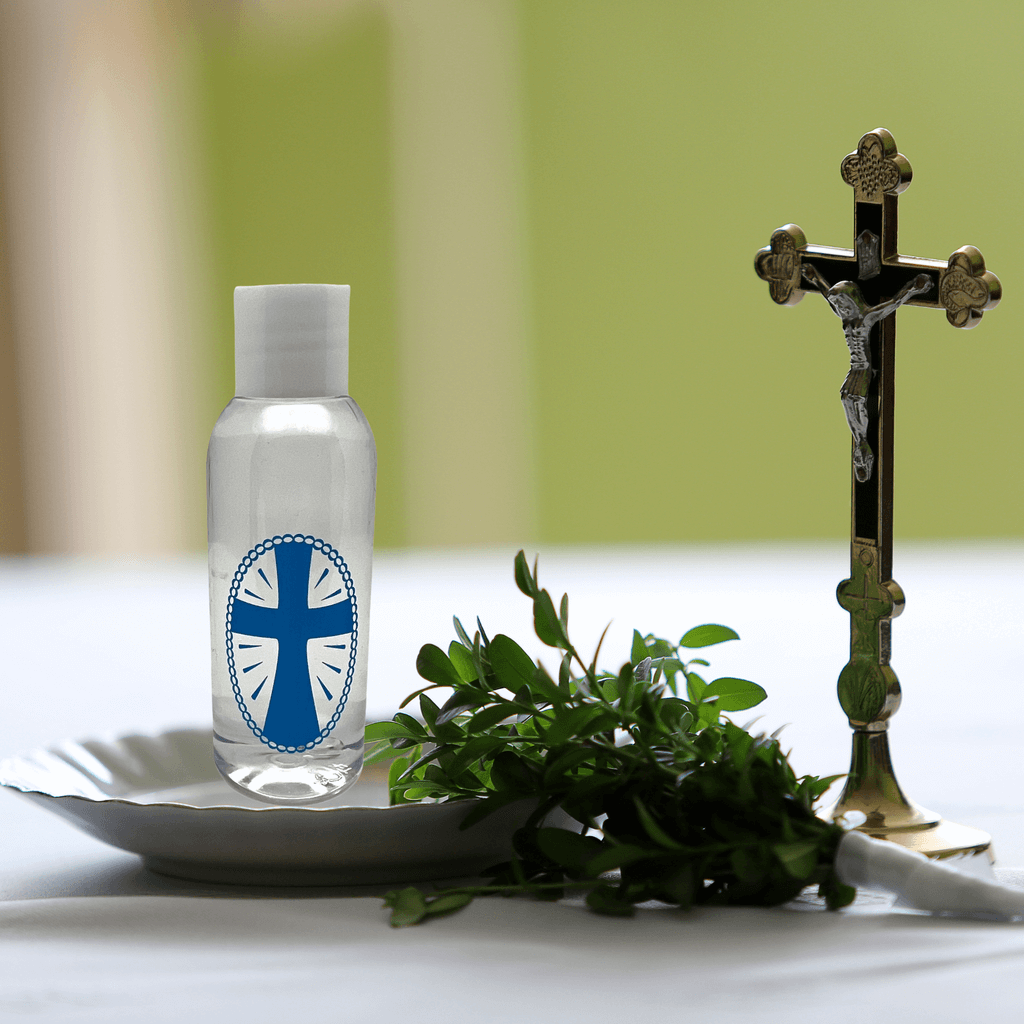The St Benedict's medal is a powerful symbol that has been revered by Catholics for centuries. This medal, also known as the Medal of Saint Benedict, is believed to possess spiritual and physical protection properties. In this blog post, we will explore the history, significance, and various uses of the St Benedict's medal.
What is St Benedict's Medal?
The St Benedict's medal is a sacramental, a sacred object blessed by the Catholic Church. It features the image of St Benedict, a revered saint known for his spiritual wisdom and miraculous powers. The medal is inscribed with powerful symbols and prayers that are believed to provide protection against evil forces.
History and Significance
The origin of the St Benedict's medal can be traced back to the 7th century. According to legend, St Benedict himself designed the medal and infused it with his spiritual authority. The symbols on the medal, such as the cross, the initials of Latin prayers, and the image of St Benedict, represent his teachings and invoke divine protection.
The St. Benedict's Medal is a Christian sacramental medal containing symbols and text related to the life of Saint Benedict of Nursia. The design of the medal usually includes the following key elements:
-
Front Side:
- Central Figure: The figure of St. Benedict, holding a cross in his right hand (the Christian symbol of salvation) and his Rule for Monasteries in the left.
- Around the Edge: The words "Eius in obitu nostro praesentia muniamur" (May we be strengthened by his presence in the hour of our death) are usually inscribed around the perimeter.
-
Back Side:
- Cross: A large cross, which is the most potent symbol.
- Letters on the Cross: The vertical beam of the cross typically has the letters C S S M L - N D S M D, an abbreviation of the Latin prayer: "Crux sacra sit mihi lux! Non draco sit mihi dux!" (May the holy cross be my light! May the dragon never be my guide!).
- Around the Margin: The letters V R S N S M V - S M Q L I V B are typically inscribed around the margin of the back side, abbreviating "Vade retro Satana! Nunquam suade mihi vana! Sunt mala quae libas. Ipse venena bibas!" (Begone, Satan! Never tempt me with your vanities! What you offer me is evil. Drink the poison yourself!).
- Other Symbols: Sometimes other images associated with the life of St. Benedict are included.
Uses of St Benedict's Medal
1. Protection against evil: Many people wear the St Benedict's medal as a form of spiritual protection. It is believed to ward off evil spirits, protect against temptation, and guard against physical and spiritual harm.
2. Blessing of homes and objects: the St Benedict's medal can be used to bless homes, vehicles, and personal belongings. By placing the medal in these spaces or attaching it to objects, individuals seek divine protection and blessings.
3. Devotional practices: the St Benedict's medal is often used in devotional practices, such as praying the St Benedict's medal prayer or reciting the Litany of St Benedict. These practices are believed to strengthen faith, invoke divine assistance, and foster spiritual growth.
4. Gift of spiritual protection: the St Benedict's medal is often given as a gift to loved ones, especially during significant life events such as baptisms, confirmations, and weddings. It is a tangible symbol of love, care, and spiritual protection.
Conclusion
The St Benedict's medal holds a special place in the hearts of Catholics around the world. Its rich history, powerful symbolism, and believed spiritual properties make it a cherished sacramental. Whether worn as a personal talisman or used in devotional practices, the St Benedict's medal serves as a constant reminder of God's protection and the intercession of St Benedict. Unlock the power of this sacred medal and experience the blessings it brings.










